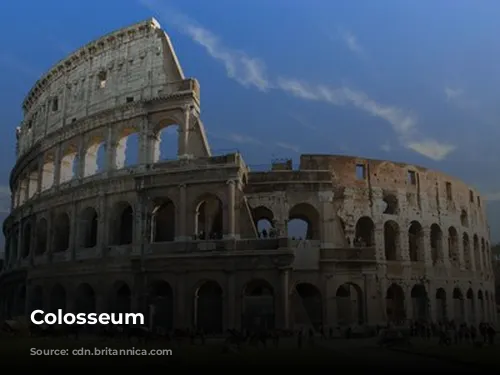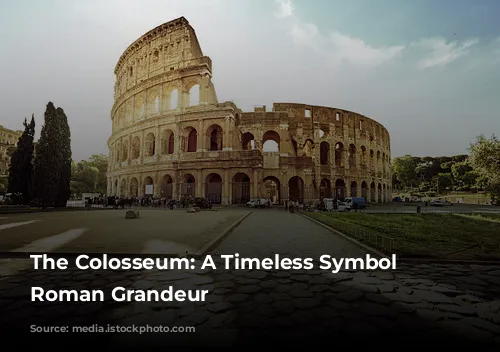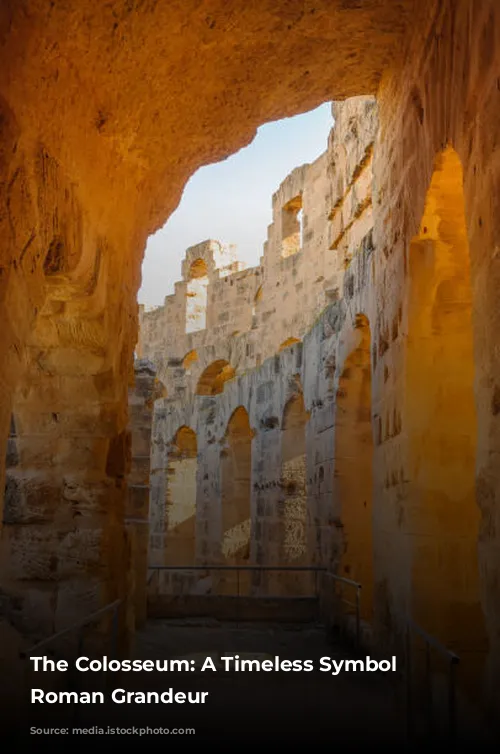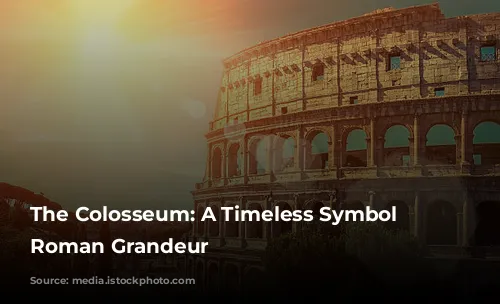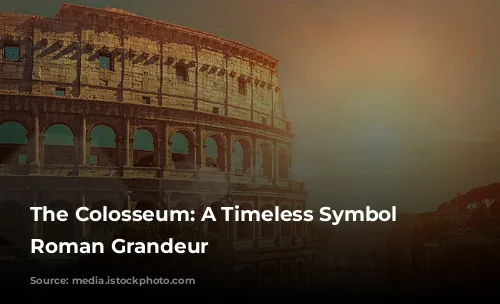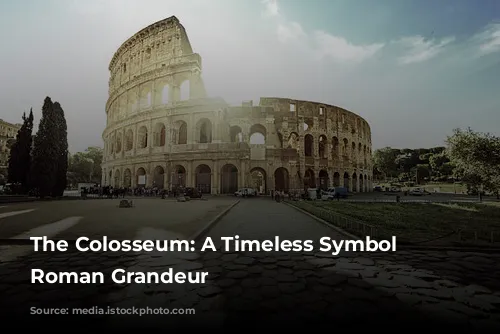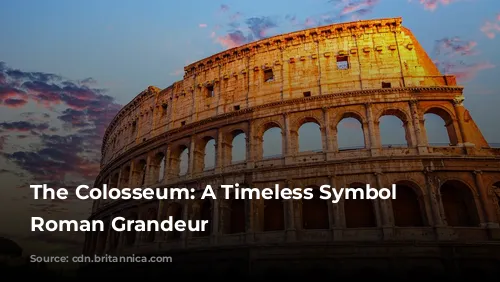The Colosseum, standing tall as one of the few mostly intact structures from the Roman Empire, serves as a powerful testament to the architectural and engineering brilliance of ancient Rome. Beyond its historical significance, the Colosseum plays a vital role in the modern world as a top tourist attraction, generating substantial revenue for the Italian government. In 2018, the Colosseum, Roman Forum, and Palatine Hill collectively raked in over $63.3 million (€53.8 million), making it the most popular tourist destination in Italy.
A Monument’s Journey Through Time
The Colosseum’s journey through time is a story of both grandeur and decay. After the fall of the Western Roman Empire, the magnificent structure fell into a state of disrepair. In the 12th century, the Frangipane and Annibaldi families saw the Colosseum as more than a relic of a bygone era; they repurposed it as their fortress, utilizing its imposing structure for their own strategic needs.
The Colosseum’s fate took an even more unusual turn in the late 15th century when Pope Alexander VI permitted its use as a quarry. This decision marked a period of neglect that lasted over a thousand years. It wasn’t until the 1990s that the Italian government initiated state-funded restoration efforts to revive this ancient marvel.
A Legacy of Entertainment and Power
The Colosseum was envisioned by the Roman emperor Vespasian as a grand entertainment venue designed to revitalize Rome after the turmoil of 69 CE, a year known as the year of the four emperors. Like other amphitheatres, the Colosseum was designed to captivate crowds with spectacles of gladiatorial combat, animal hunts, and even mock naval battles.
Construction of the Colosseum began under the reign of Vespasian between 70 and 72 CE. The Colosseum was completed and dedicated in 80 CE by Vespasian’s son and successor, Titus. Its fourth story was a later addition, added in 82 CE by the emperor Domitian. Remarkably, the Colosseum’s construction was financed by plunder from Titus’s conquest of Jerusalem in 70 CE, and enslaved Jews from Judea provided the labor force.
A Giant Among Structures
The Colosseum, also known as the Flavian Amphitheatre, is a truly colossal structure, boasting an elliptical shape built with a blend of stone, concrete, and tuff. Standing four stories tall at its highest point, the Colosseum measures an impressive 620 by 513 feet (189 by 156 meters) and had the capacity to accommodate up to 50,000 spectators. This vast amphitheatre became synonymous with the spectacle of gladiatorial combat, where brave warriors clashed in brutal contests.
A Tapestry of History, Construction, and Symbolism
The Colosseum was built on the grounds of what was once Nero’s lavish Golden House. Vespasian’s decision to replace Nero’s private lake with a public amphitheater was both symbolic and practical. It represented a deliberate shift from tyrannical excess to communal entertainment, a powerful message for the Roman people.
The Colosseum’s construction was a marvel of engineering. Unlike earlier amphitheatres, which were typically built into hillsides for extra support, the Colosseum stands as a freestanding structure of stone and concrete. Its impressive design incorporates a sophisticated system of barrel vaults and groin vaults, spanning 620 by 513 feet (189 by 156 meters) overall. The structure’s grandeur is further enhanced by three stories adorned with arcades, framed by engaged columns in the Doric, Ionic, and Corinthian orders. This rising arrangement of columns laid the foundation for the Renaissance codification known as the assemblage of orders. The Colosseum’s exterior is a tapestry of materials: travertine for the main structure and facade, volcanic tufa for the secondary walls, and concrete for the inner bowl and arcade vaults.
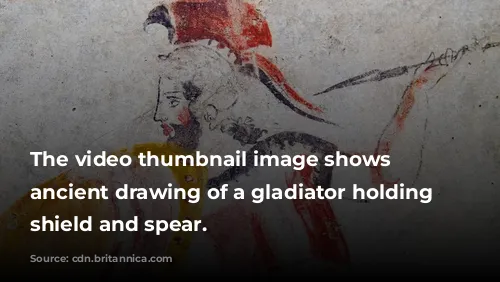
A Stage for Blood and Spectacle
The Colosseum was designed to provide its massive audience with a comfortable and sheltered viewing experience. A vast retractable velarium (awning), supported by masts extending from corbels built into the Colosseum’s top story, shielded spectators from the sun. Hundreds of Roman sailors were responsible for manipulating the complex rigging that raised and lowered the velarium. This impressive amphitheatre hosted countless events, from hand-to-hand combat between gladiators to contests between humans and animals, and even elaborate mock naval engagements. While the Colosseum’s history is interwoven with gladiatorial combat, the extent of its role in the martyrdom of early Christians remains a matter of scholarly debate.

A Journey of Revival and Enduring Legacy
As time marched on, the Colosseum faced the ravages of nature and neglect. Lightning strikes, earthquakes, and the relentless hand of vandalism took their toll, stripping the structure of its marble seats and decorative embellishments. For over a thousand years, the Colosseum was treated as a quarry, its materials plundered for other projects. It wasn’t until the 19th century that efforts to preserve the Colosseum began in earnest, with notable contributions from Pope Pius VIII. The 1990s marked a pivotal moment with the launch of a comprehensive restoration project.
Today, the Colosseum stands as one of Rome’s most beloved and iconic tourist attractions, welcoming millions of visitors every year. The Colosseum is more than just a building; it is a living testament to the past, a symbol of Roman power, and a captivating reminder of the enduring human fascination with spectacle and entertainment. The Colosseum continues to captivate imaginations with its enduring legacy and serves as a reminder of the magnificent achievements of ancient Rome.
